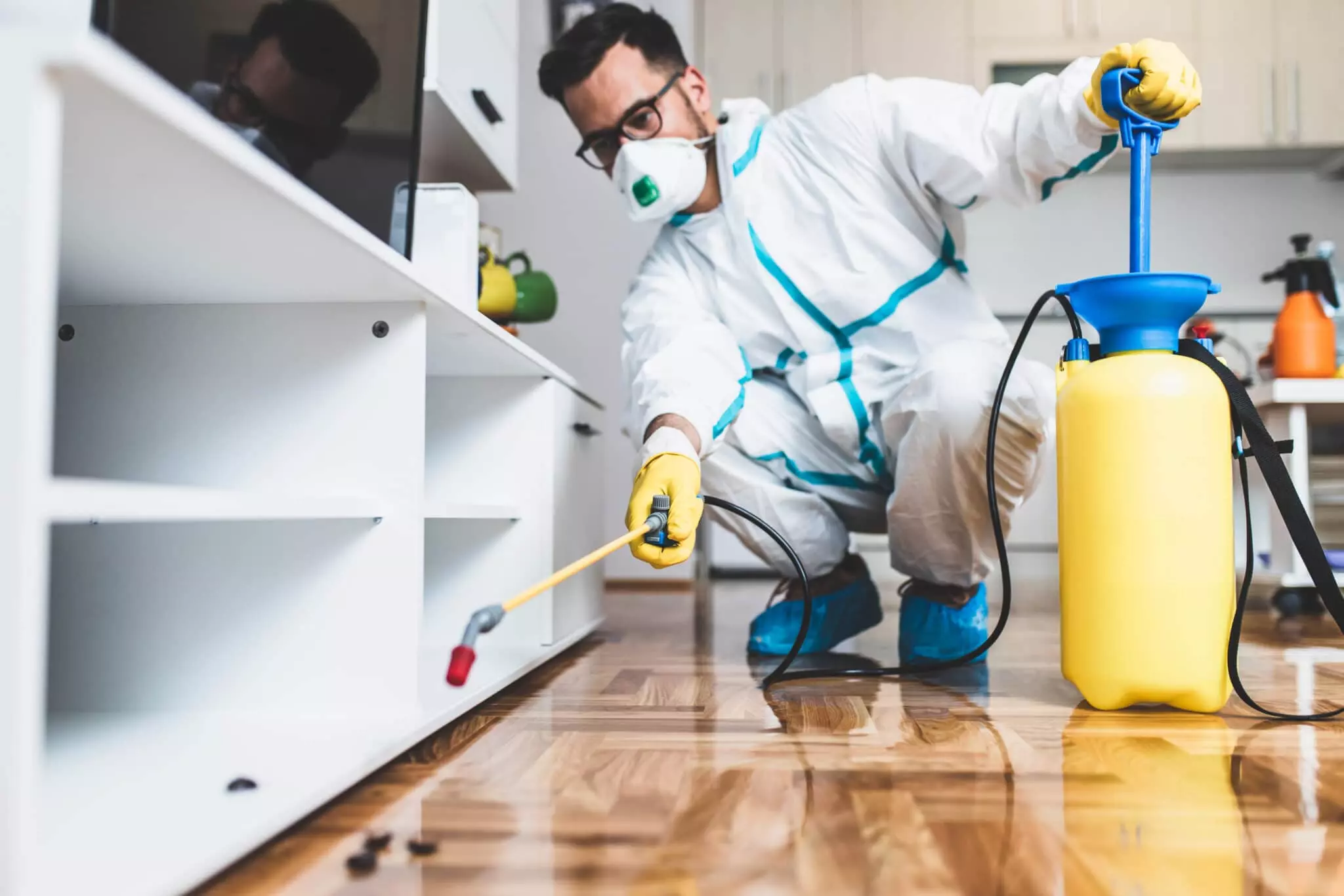A1 Bed Bug Exterminator Charlotte - Reliable and Inexpensive Services
Bed Pest Therapy Failure: Contrasting Chemical Vs. Non-Chemical Solutions
In the realm of pest control, specifically when managing the consistent problem of bed pests, the choice in between chemical and non-chemical therapy remedies can be an essential one. Both approaches offer distinct benefits and downsides, affecting elements such as effectiveness, security considerations, and general price. By checking out the nuanced details of each method, a clearer understanding of which path to go after in dealing with a bed pest problem can be acquired.
Efficiency of Chemical Therapies
Chemical therapies for bed insect invasions have actually been extensively identified for their potent and rapid efficiency in eradicating these bugs. When thinking about the performance of chemical therapies, it is vital to understand that they can provide a fast and complete option to a bed bug issue.
Moreover, chemical treatments have the advantage of using residual impacts, meaning that they can remain to eliminate bed bugs also after the initial application. This recurring action is particularly helpful in combating any kind of prospective re-infestations. In addition, the rapid action of chemical treatments can bring relief to people facing severe bed pest infestations, enabling them to restore control of their home quickly.
Safety Issues With Chemical Solutions
When making use of chemical remedies for bed pest treatment is making certain the safety of residents and the atmosphere,One critical facet that calls for mindful factor to consider. While chemical therapies can be reliable in getting rid of bed pests, they may posture dangers if not dealt with effectively. Among the main safety and security worry about chemical remedies is the possible injury they can cause to human health. Exposure to particular chemicals made use of in bed pest therapies can cause breathing problems, skin irritation, or other adverse reactions, specifically in people with pre-existing problems or level of sensitivities. In addition, incorrect application or dose of chemical pesticides can cause toxic residues sticking around in the cured location, positioning long-term health and wellness threats to passengers.
Moreover, the ecological effect of chemical options is an additional considerable consideration. Some chemicals made use of in bed pest treatments may be unsafe to valuable insects, wild animals, and environments if they leach right into the soil or water supply. It is vital to make use of chemical treatments judiciously, adhering to safety guidelines, and taking into consideration less hazardous alternatives to reduce these threats and guarantee the reliable and safe administration of bed pest invasions.
Benefits of Non-Chemical Techniques
Taking into consideration the potential safety and security worries and ecological influence connected with chemical services for bed bug treatment, exploring non-chemical approaches offers an appealing alternative with a number of unique benefits. Non-chemical techniques offer a more secure alternative for houses, particularly those with kids, animals, or individuals delicate to rough chemicals. These approaches remove the risks of direct exposure to toxic substances, lowering the potential for adverse health effects. Additionally, non-chemical therapies are eco pleasant, as they do not add to air or water contamination, making them a sustainable choice for parasite control.
In addition, non-chemical remedies can be efficient in targeting bed bugs, including hard-to-reach locations where chemical therapies might not pass through. Approaches such as warmth treatment, vacuuming, steam cleansing, and mattress coverings supply thorough obliteration without making use of hazardous chemicals. Moreover, non-chemical approaches can be much less disruptive, requiring marginal prep work and enabling quicker reentry into dealt with locations. Overall, selecting non-chemical bed insect therapy methods not only prioritizes safety and security and environmental management yet likewise makes sure extensive and reliable parasite control.
Limitations of Non-Chemical Treatments

In addition, non-chemical therapies commonly need multiple applications to attain effective removal. This can be taxing and might not always assure complete elimination of all bed pests and their eggs, specifically in hidden or hard-to-reach places.
In addition, the on call pest control success of non-chemical therapies greatly depends on proper execution and thoroughness, which can be challenging for individuals without specialist experience. Inadequate application of non-chemical techniques might cause insufficient removal, causing relentless problems and the demand for added therapies.
Therefore, while non-chemical treatments have their advantages, it is important to recognize these constraints and consider them when determining the most efficient method for handling bed pest problems.
Cost Comparison: Chemical Vs. Non-Chemical Options
Provided the restrictions linked with non-chemical therapies, an important element to examine in the context of bed pest management is the expense contrast in between chemical and non-chemical options. Chemical therapies usually entail the application of insecticides by professionals, which can range from $250 to $900 per area, depending upon the intensity of the invasion and the size of the area to be treated. In contrast, non-chemical treatments like warm treatment or heavy steam can be more pricey, with costs varying from $1,000 to $6,000 for an entire home. While the first cost of chemical treatments might appear reduced, multiple treatments may be needed to fully get rid of the infestation, possibly raising the overall cost. On the other hand, non-chemical alternatives may supply a more eco-friendly and sustainable service, although they can be cost-prohibitive for some people. Inevitably, when considering the cost of bed bug treatment choices, it is necessary to weigh the in advance expenses versus the efficiency and long-term sustainability more tips here of the chosen approach.
Final Thought

Taking into consideration the prospective safety issues and ecological effect connected with chemical options for bed pest treatment, exploring non-chemical techniques provides an appealing option with a number of unique advantages.Offered the restrictions associated with non-chemical treatments, a crucial aspect to review in the context of bed bug management is the expense comparison between chemical and non-chemical options. In comparison, non-chemical treatments like warmth treatment or steam can be much more pricey, with costs ranging from $1,000 to $6,000 for an entire home. While the first expense of chemical treatments might appear lower, numerous therapies might be required to completely eradicate the infestation, possibly raising the overall expense.In verdict, when comparing chemical and non-chemical bed bug treatment choices, visit this page it is important to think about effectiveness, security, advantages, constraints, and price.